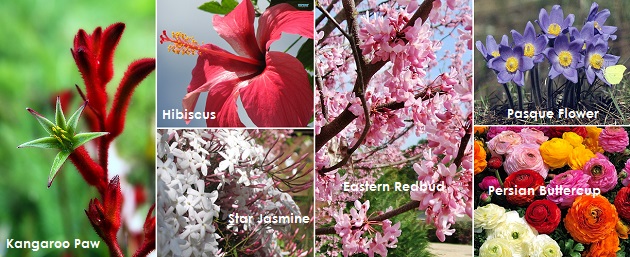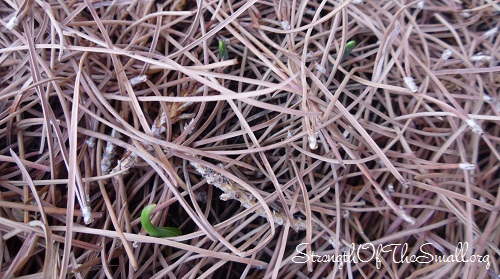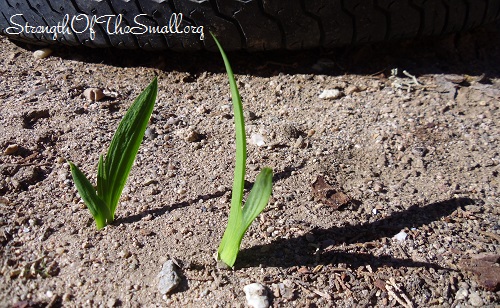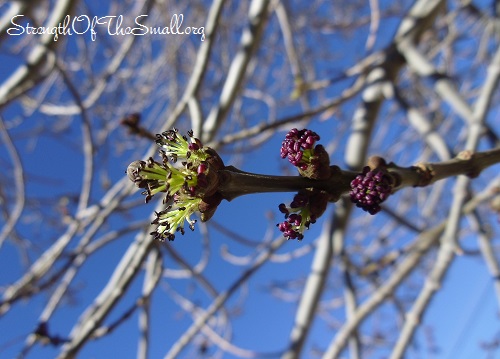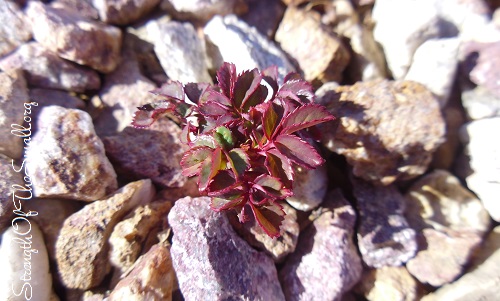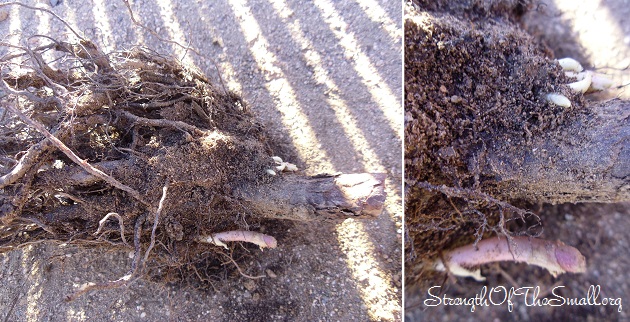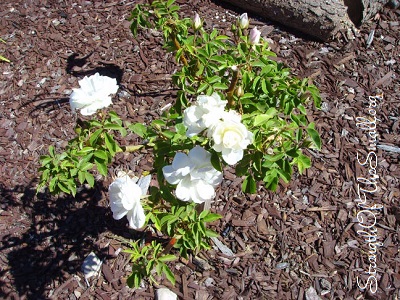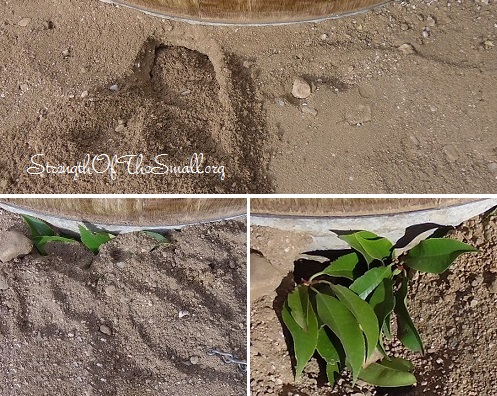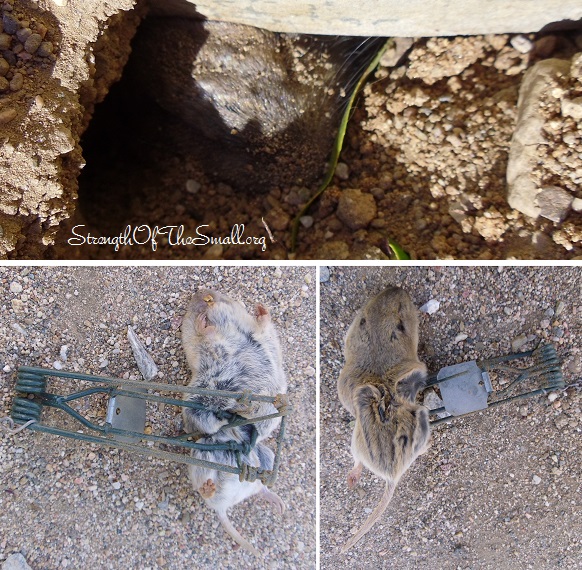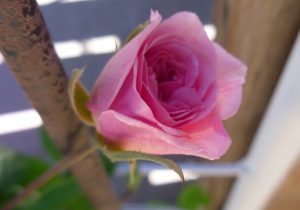I woke up to a gloomy morning and within a few hours, the skies brightened up and gave way to a beautiful sight from my backyard. There is a formation of thick low clouds around the snowy mountains and it’s still very cold out there. I, for one, am grateful to be able to spend time with Nature.
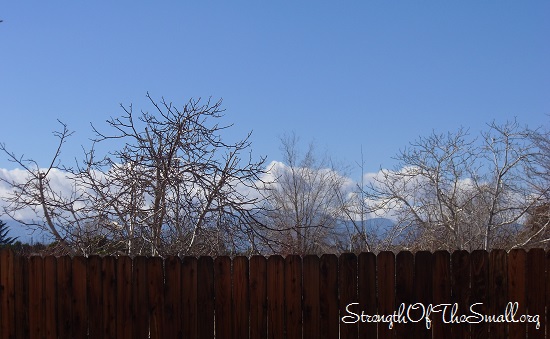
Some of the Daffodils ‘Thalia Sun’ and Ice King Double Daffodils, which have now fully emerged from the soil are covered in buds and thankfully, none are opening yet.
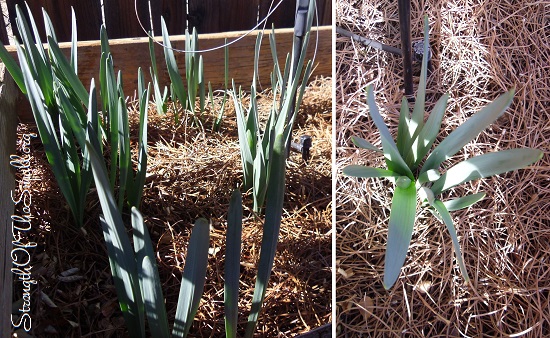
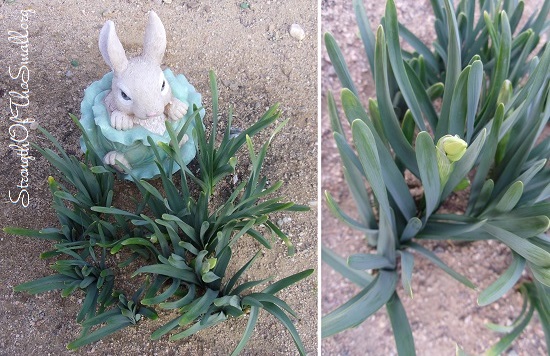
My Amaryllis Belladonna bulbs have finally emerged after two consecutive years of dying back from frost. The shoots are going strong and I am hoping to see some gorgeous flowers by August. Foliage emerges in Spring (sometimes as early as mid Winter). The foliage will die back by mid Summer shortly after which leafless stems will produce elegant, aromatic, pink flowers.
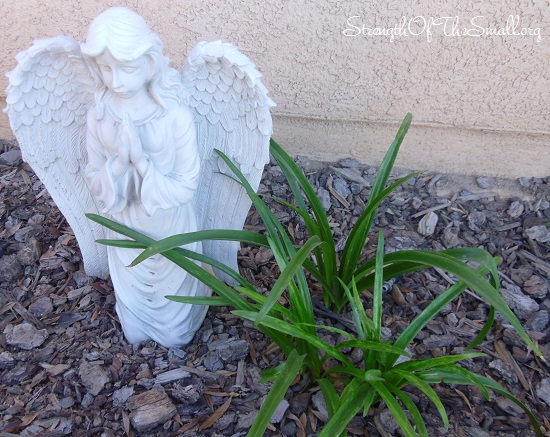
The Sweet Almond Tree is almost completely covered in bloom. I placed my set of Antique Cast Iron Bench and Arm Chair next to the Tree and it has become one of my favorite spots in the front yard as I occasionally lounge next to the Tree, reading the Newspaper or an Inspirational Book. Although we hardly harvest any Nuts from the Tree (as the Squirrels beat us to it), it accents the house and provides shade.
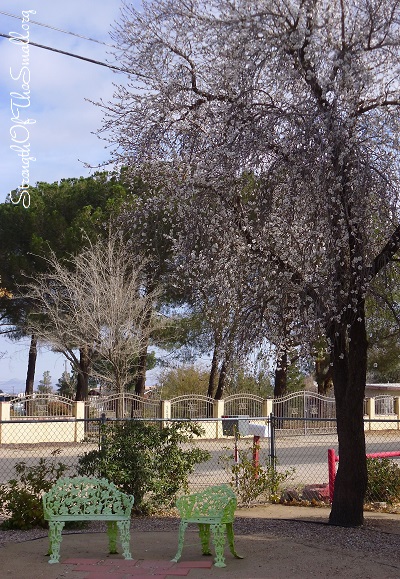
I am looking forward to warmer days as it’s time to move on with my gardening plans and materialize my design.
